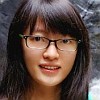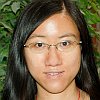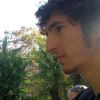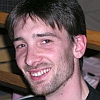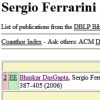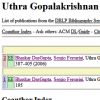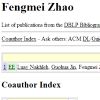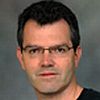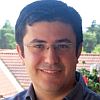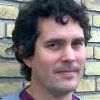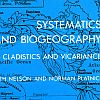| |
|
| |
   
Guohua Jin,
Luay Nakhleh,
Sagi Snir and
Tamir Tuller. A New Linear-time Heuristic Algorithm for Computing the Parsimony Score of Phylogenetic Networks: Theoretical Bounds and Empirical Performance. In ISBRA07, Vol. 4463:61-72 of LNCS, springer, 2007.
Keywords: approximation, heuristic, parsimony, phylogenetic network, phylogeny, Program Nepal.
Note: http://www.cs.rice.edu/~nakhleh/Papers/isbra07.pdf.
|
|
| |
|
| |
   
Cam Thach Nguyen,
Nguyen Bao Nguyen,
Wing-Kin Sung and
Louxin Zhang. Reconstructing Recombination Network from Sequence Data: The Small Parsimony Problem. In TCBB, Vol. 4(3):394-402, 2007.
Keywords: explicit network, from sequences, labeling, NP complete, parsimony, phylogenetic network, phylogeny.
Note: http://www.cs.washington.edu/homes/ncthach/Papers/TCBB2007.pdf.
|
|
| |

Bastienne Vriesendorp. Phylogenenetworks, exploring reticulate evolution and its consequences for phylogenetic reconstruction. PhD thesis, Wageningen University, The Netherlands, 2007.
Keywords: consensus, distance between networks, evaluation, hybridization, median network, NeighborNet, parsimony, phylogenetic network, phylogeny, Program SplitsTree, split decomposition, survey.
Note: http://library.wur.nl/wda/dissertations/dis4239.pdf.
|
|
| |

Hans-Jürgen Bandelt and
Arne Dür. Translating DNA data tables into quasi-median networks for parsimony analysis and error detection. In MPE, Vol. 42(1):256-271, 2007.
Keywords: abstract network, from sequences, parsimony, phylogenetic network, phylogeny, quasi-median network, reconstruction.
Note: http://dx.doi.org/10.1016/j.ympev.2006.07.013.
Toggle abstract
"Every DNA data table can be turned into a quasi-median network that faithfully represents the data. We show that for (weighted) condensed data tables the associated network harbors all most parsimonious reconstructions for any tree that connects the sampled haplotypes. Structural features of this network can be computed directly from the data table. The key principle repeatedly used is that the quasi-median network is uniquely determined by the sub-tables for pairs of characters. The translation of a table into a network enhances the understanding of the properties of the data in regard to homoplasy and potential artifacts. The total number of nodes of such a network measures the complexity of the data. In particular, networks that display the results of filter analyses by which hotspot mutations are removed help to detect data idiosyncrasies and thus pinpoint sequencing problems. A pertinent example drawn from human mtDNA illustrates these points. © 2006 Elsevier Inc. All rights reserved."
|
|
|
 - forked on GitHub.
- forked on GitHub.




